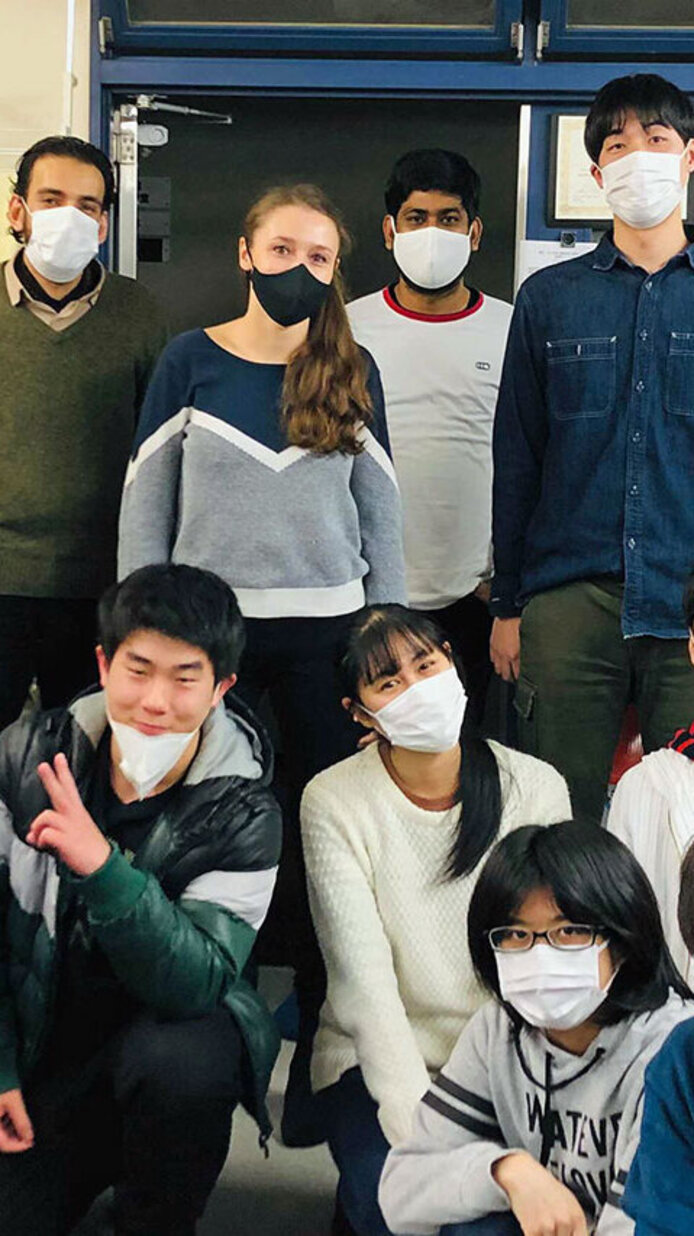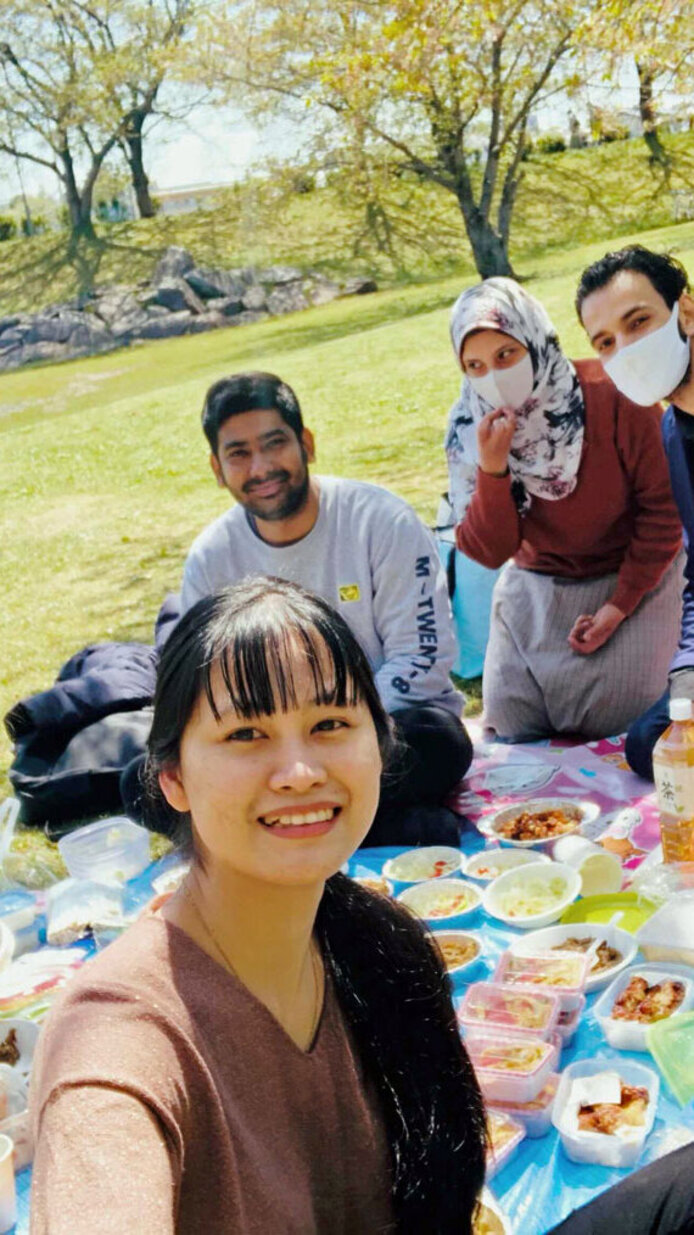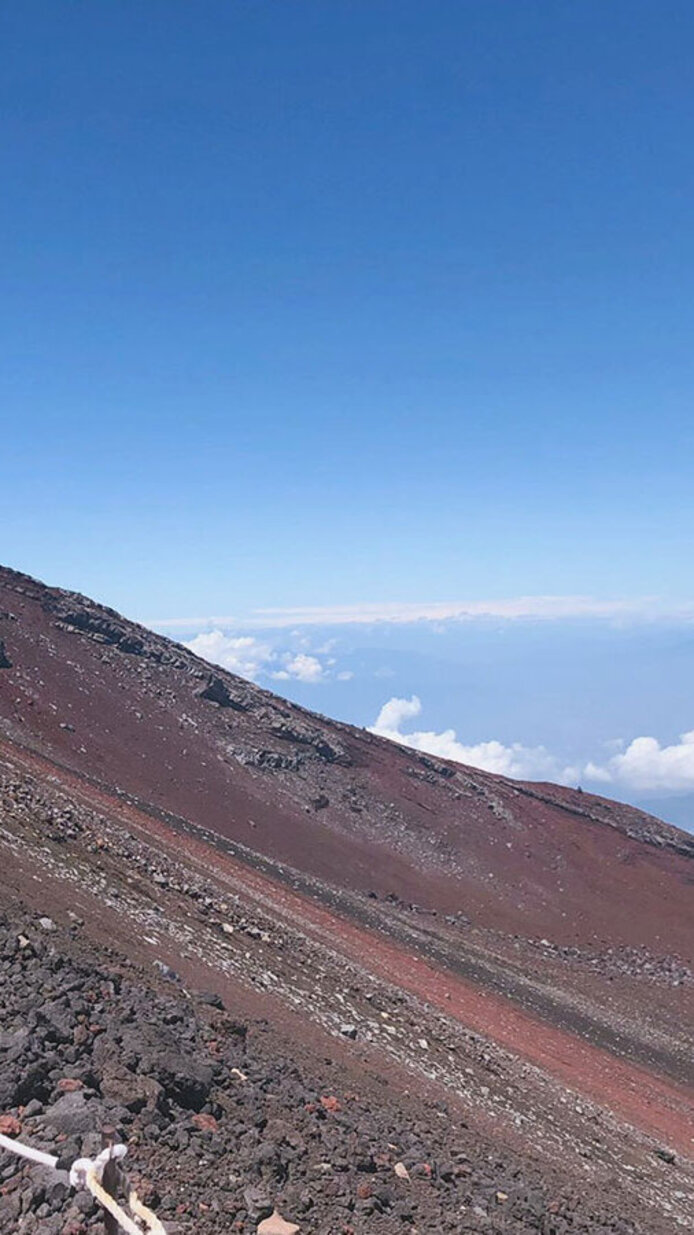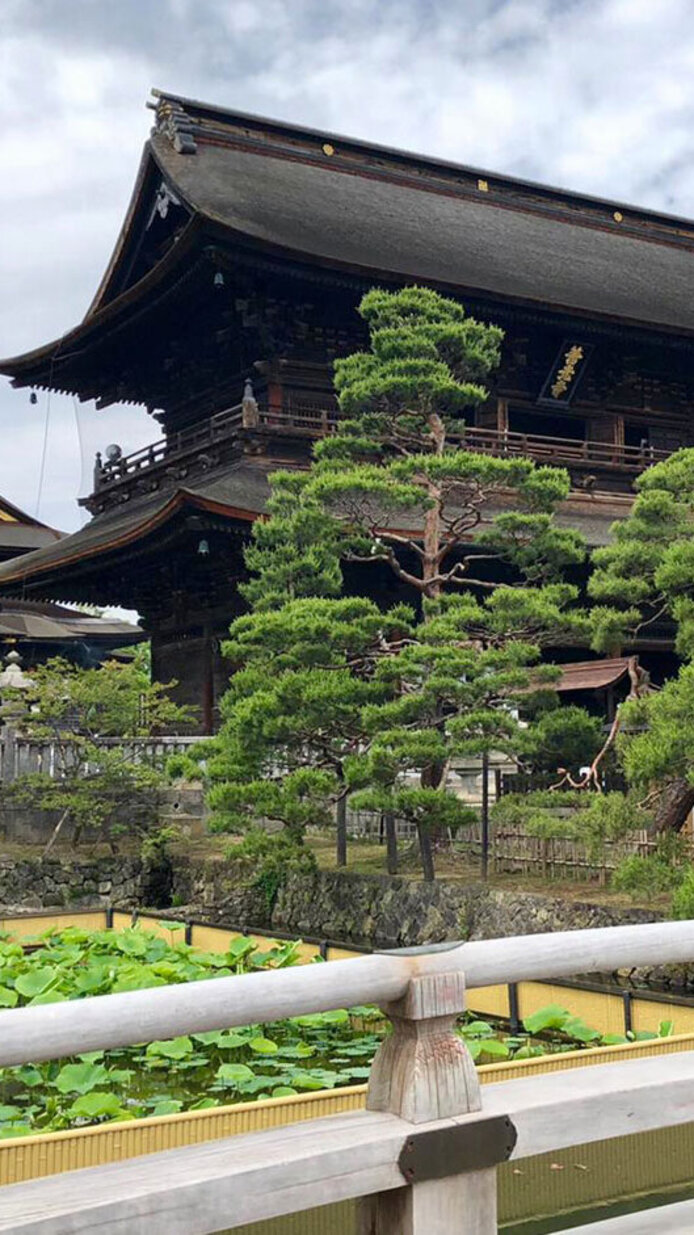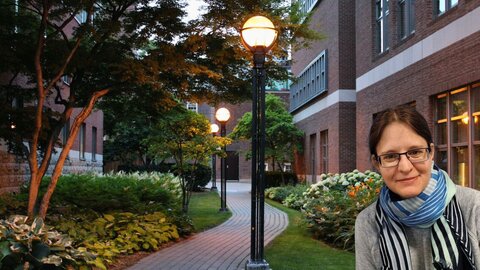Zebrafish and sushi
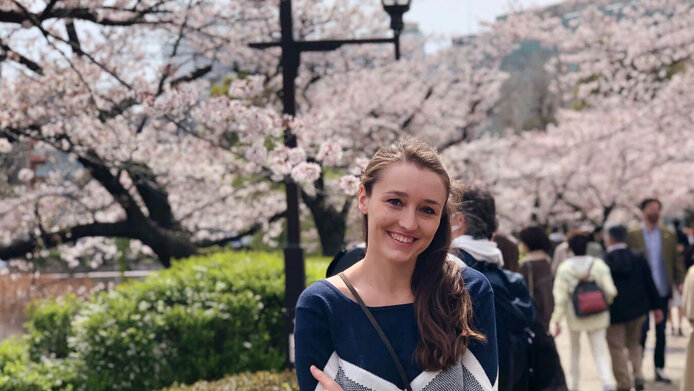
Finally, on 1st January 2021, I was set to go: in the midst of the ongoing pandemic, I left for Japan, the land of the rising sun. When I arrived at Narita airport, the “Japanese way of life” became immediately apparent: everything was well-ordered, very affable and well planned. This supportive attitude and extremely tidy organisation are omnipresent. No matter whether you are queuing for the Shinkansen (the Japanese TGV) – no queue-jumping here – or trying to organise all manner of documents for working at the university, everything is perfectly well ordered.
After a 14-day quarantine, I finally travelled on to Tsukuba, a university town near Tokyo that was built in the 1970s. My research during my doctoral training at the Medical University of Vienna involved the topic of optical coherence tomography, or OCT for short. Based on light, this imaging technique makes it possible to generate high-resolution and three-dimensional images of various types of tissue. Originally, this procedure was developed for examination of the retina in ophthalmology. Currently, many research groups are trying to transfer the technique to other areas, such as the diagnosis of skin diseases or as an extension of endoscopy and microscopy.
New insights into the genetics of cancer
During my doctoral studies, I had the opportunity to make contact with other OCT research centres at international conferences. In particular I came to appreciate the work of the group here at the University of Tsukuba led by Professor Yasuno. The group focuses on a functional extension of this technique, the so-called polarisation-sensitive OCT, which enables the researchers to analyse the polarisation properties of a sample in order to obtain additional tissue-specific contrasts. In the context of my FWF-funded Schrödinger project, my goal was to establish such a polarisation-sensitive OCT device for preclinical cancer research based on zebrafish. Using the model of this animal, which is only a few millimetres in size, enables researchers to gain new insights into the molecular genetics of various types of cancer and thus make progress in the development of cancer medication. With my work and the two publications resulting from it so far, I have been able to demonstrate clearly the potential of OCT as a non-invasive, three-dimensional, high-resolution and tissue-specific imaging tool for this field of research.
Japanese restraint and helpfulness
In addition to newly acquired knowledge and new ideas for the application of OCT, I was able to meet people from all over the world and from a wide variety of universities who are also working on similar or related topics. These contacts will be very useful for my future research endeavours.
Outside of my work, I was also able to get to know this fascinating country and its people. Despite their reticent manner and partly huge language barriers, they welcomed me very warmly, and without the Japanese readiness to help, many forms would have remained unfilled. Even before I left for Japan, sushi and ramen were among my favourite dishes, which made these last few months a culinary heaven for me. The country, its people and its cuisine have won a permanent place in my heart. I am sure that Japan will repeatedly see me again in the coming years.
